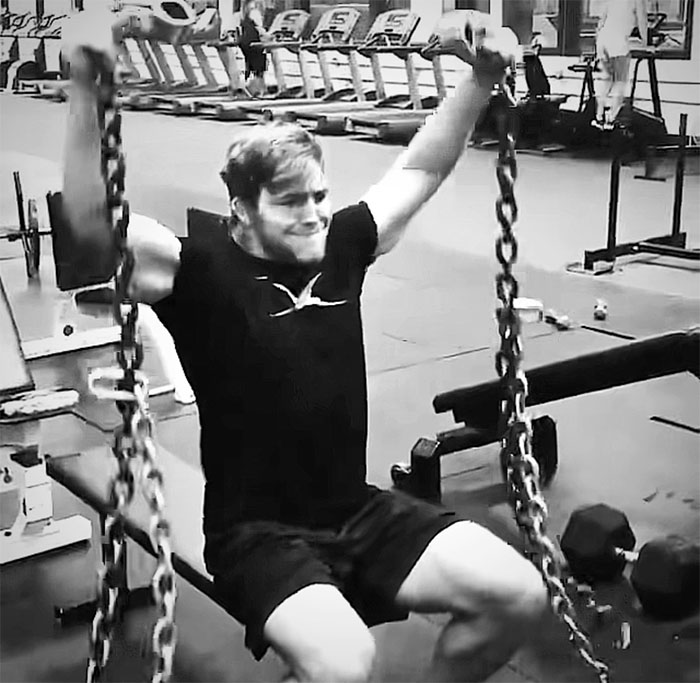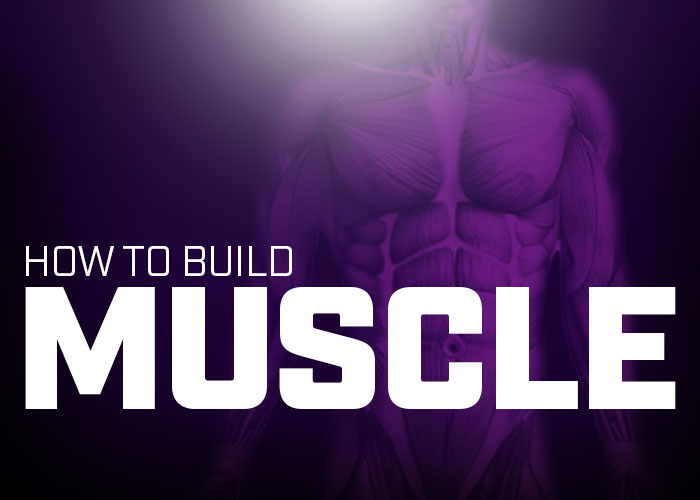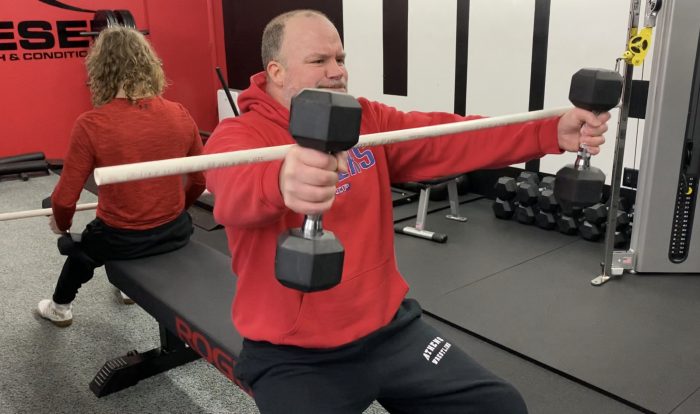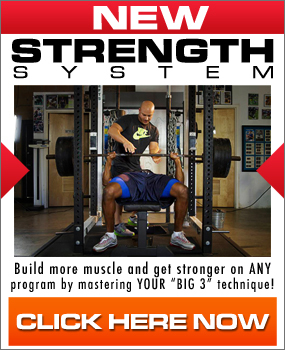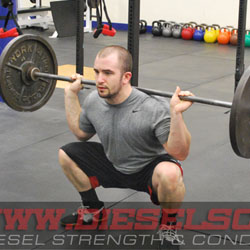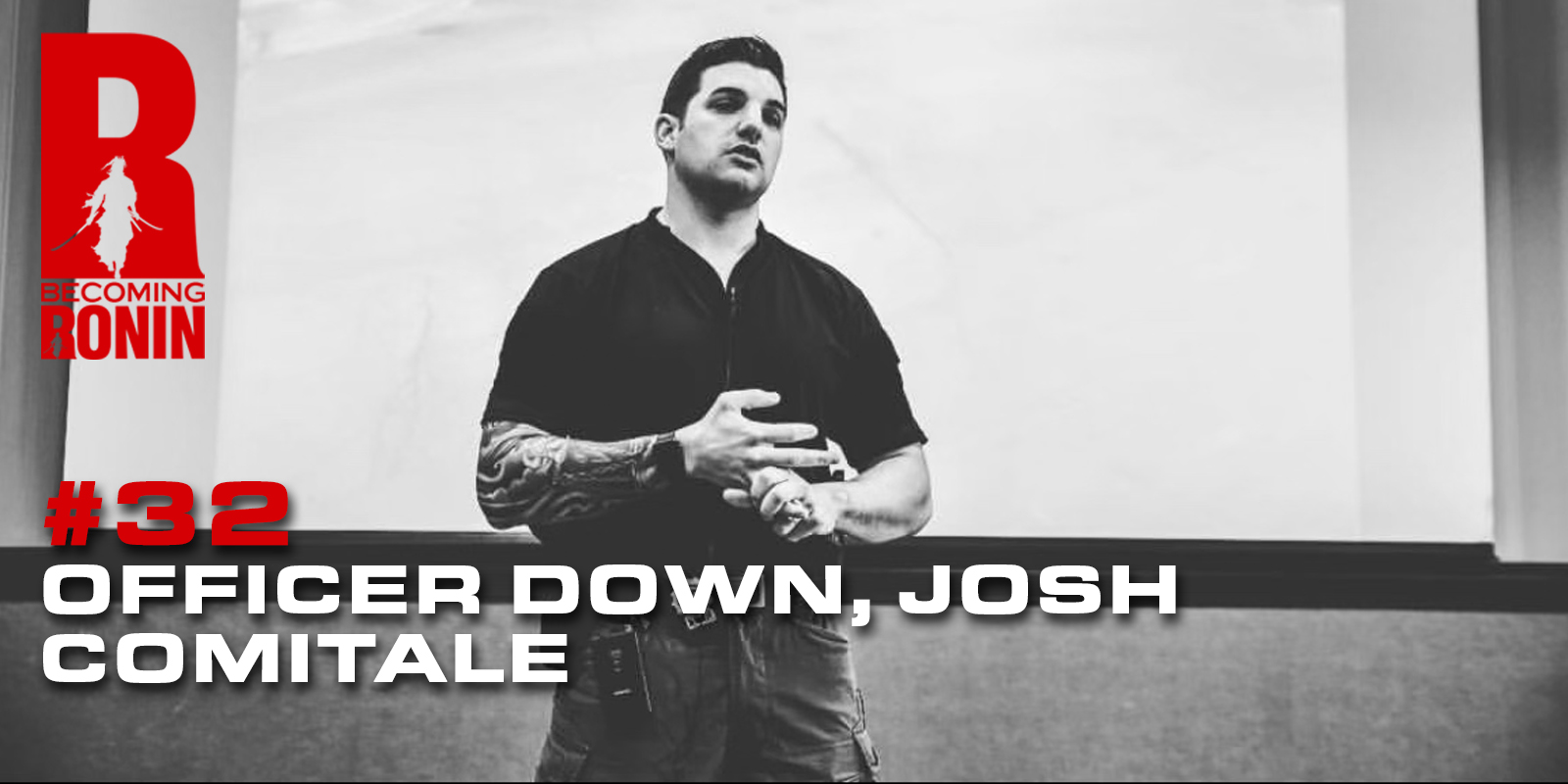Weird Exercise for Building a Strong Back
Getting athletes to understand full body tension and engaging the lats for the deadlift is an ongoing battle. They either can’t coordinate their breathing with the tension or their lack of deadlift technique drifts the bar away from their body during the lift; which can lead to a pretty serious injury.
Cuing them to actively pull the bar into their body doesn’t always work. The goal is to ensure that they minimize the distance from the center of mass of the load and their own center of mass to maximize their leverages during the lift. Sometimes, however, the bar floats away during the pull or lowering phases of the deadlift.
Simply by pulling the athlete out of the pattern, we can force adherence to the pattern we want.
Before we get into the new exercise that helps enforce better lat engagement for the deadlift, let’s look at some other common pattern corrections.
Simple Pattern Corrections
When technique is compromised while performing strength exercises, the failure occurs in a specific direction, resisting a movement pattern or along a movement pattern.
We can force adherence to the movement pattern by pushing or moving the athlete or lifter into the direction of the FAILURE OR COMPENSATION.
This can be done with an elastic band or an additional weight added to the lifter during the lift. This should also be in addition to your continuous verbal coaching cues.
Strength Training Movement Patterns:
– Horizontal Push / Pull – examples include: bench press, inverted rows
– Vertical Push / Pull – examples include: military press, pull-ups
– Hip Dominant – examples include: hip hinge with neutral posture, RDL’s, KB Swings
– Quad Dominant – examples include: front squats, lunges
– Free Flow / Chaos – examples include: one arm farmers walks, sandbag clean & press
Why Are Exercises Performed Wrong?
– bad technique, no knowledge of how the lift should be performed
– knowledge to perform the exercise, but not enough repetitions (ie. greasing the groove, they say it takes 10,000 reps to overcome a bad technique or to become proficient at a movement)
– something is tight (not flexible, not mobile enough for the specific movement)
– something is weak
– too much weight
– something is not braced
– fatigue
– poor equipment
– bad environment
Let’s look at a few examples of how some common exercises are performed incorrectly or where the failure occurs.
Some Common Exercise Technique Flaws
– Squats – athlete’s knees are kicking in
– Ring Push-ups – lifter / athlete’s hips are sagging or starting to sag after fatigue sets in
– Lunges – lifter / athlete’s knees are wobbly; kicking in or kicking out
– RDL’s – lifter / athlete’s head down, hips are shooting up or they are bending over
SPECIAL NOTE: Fatigue changes everything. Form may be correct at the start of the movement but as fatigue sets in, the athlete must correct the pattern DIFFERENTLY at different stages of fatigue.
So, let’s remember our goal – correcting exercise by pulling the athlete into the direction of their poor compensation.
Let’s see how this works.
How to Easily Correct Poor Exercise Patterns
What if you need to correct the bad technique on the exercises listed above? Here are some easy options that work really well.
Squats – Knees should be forced outward tracking over the toes – add a band around the lifter’s quads to fix the ‘knees kicking in’ pattern.
Ring Push-ups – Hips should remain fixed and up while glutes, hamstrings and abs are isometrically contracted – add a chain or sandbag on the lifter’s lower back to fix the ‘hips sagging’ pattern.
Lunges – knees fixed without movement, tracking with hips and ankles, stabilized in the sagittal plane – add a band perpendicular to the lifter’s knee to fix the ‘knees kicking in’ pattern.
RDL’s – Head in line with the spine, lower back fixed in neutral (slightly arched) and hips move backward – add a sandbag to the lifter’s shoulders to fix the ‘falling forward or round back’ pattern.
Here is a video showing each technique:
Finally, let’s look at this very simple way to initiate a more active engagement of the lats in a hip hinge pattern.
Offset Band Resisted Bent Over Rows
By anchoring the band laterally away from the athlete, we can ensure active shoulder extension throughout the entire execution of the exercise. Not only that, this setup does not limit you to just bent over rows! You can also perform RDL’s while keeping the bar pulled tightly into the athlete’s legs as it travels up and down during the movement.
The simple addition of the band will allow the athlete to understand the need for more tension, help them grease a good hip hinge pattern, and develop a super powerful lockout of the deadlift.
By Smitty on September 24th, 2012
FREE DIESEL NEWSLETTER
- Discover Pain Free, Joint-Friendly Training
- Get Super Effective Workouts and Programs
- Inspirational Life Lessons Each Week
- Effective Habits For Busy Entrepreneurs





